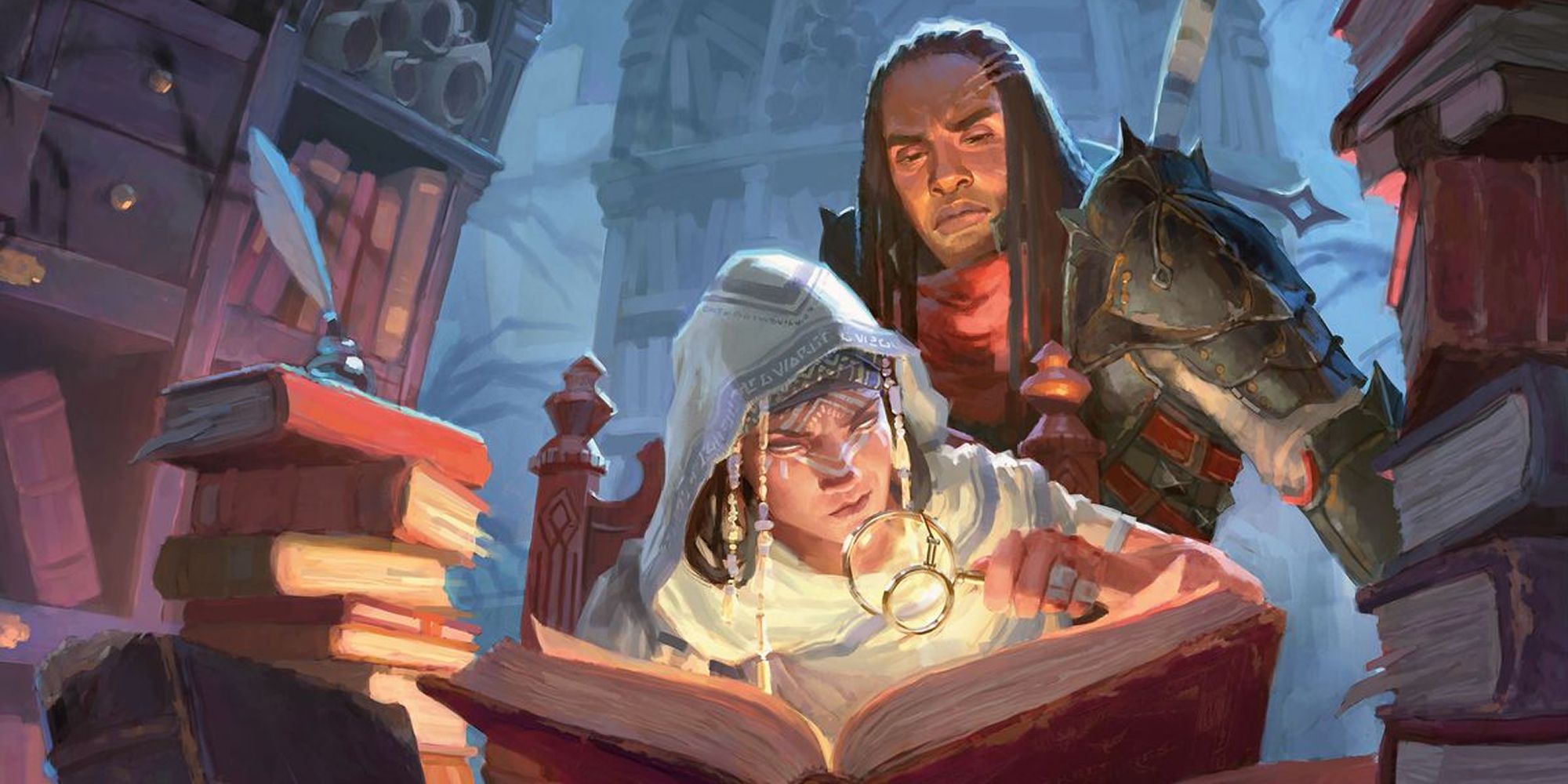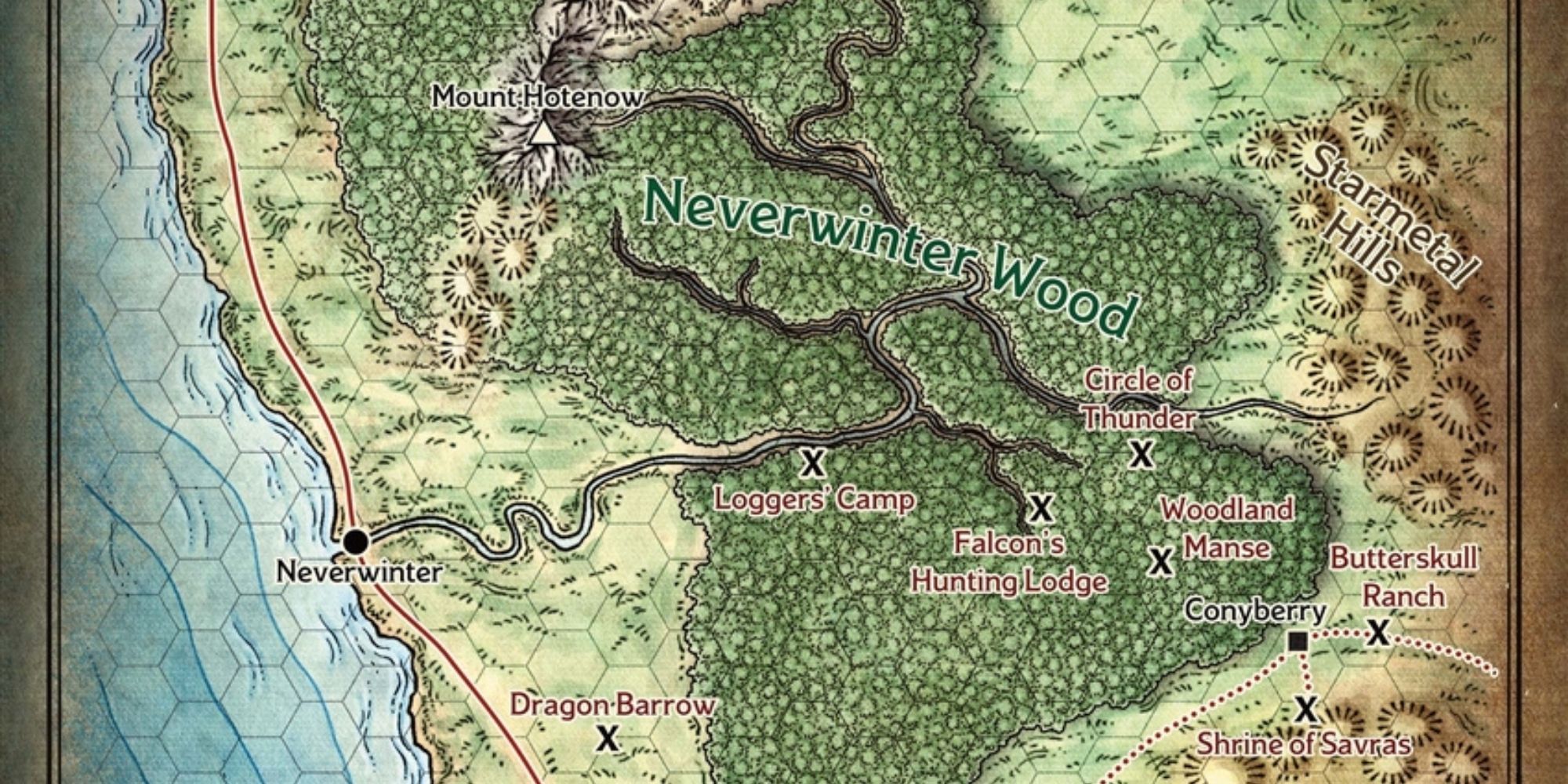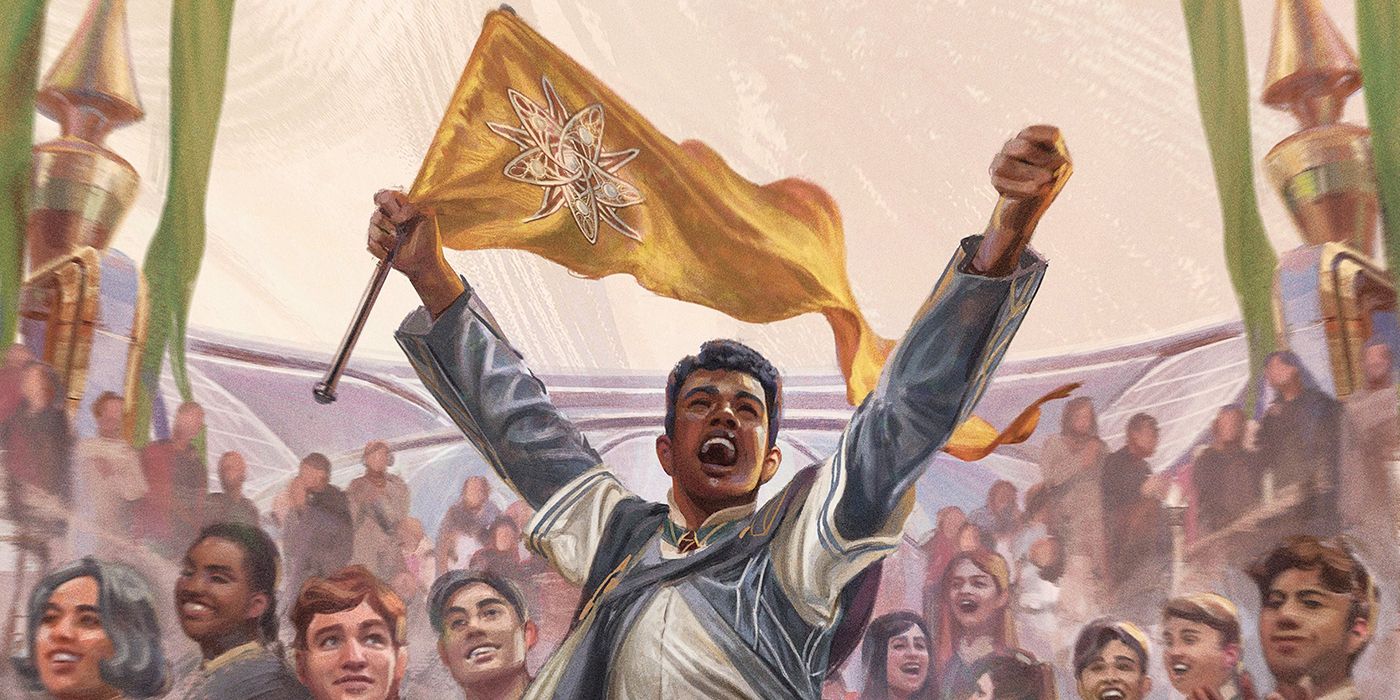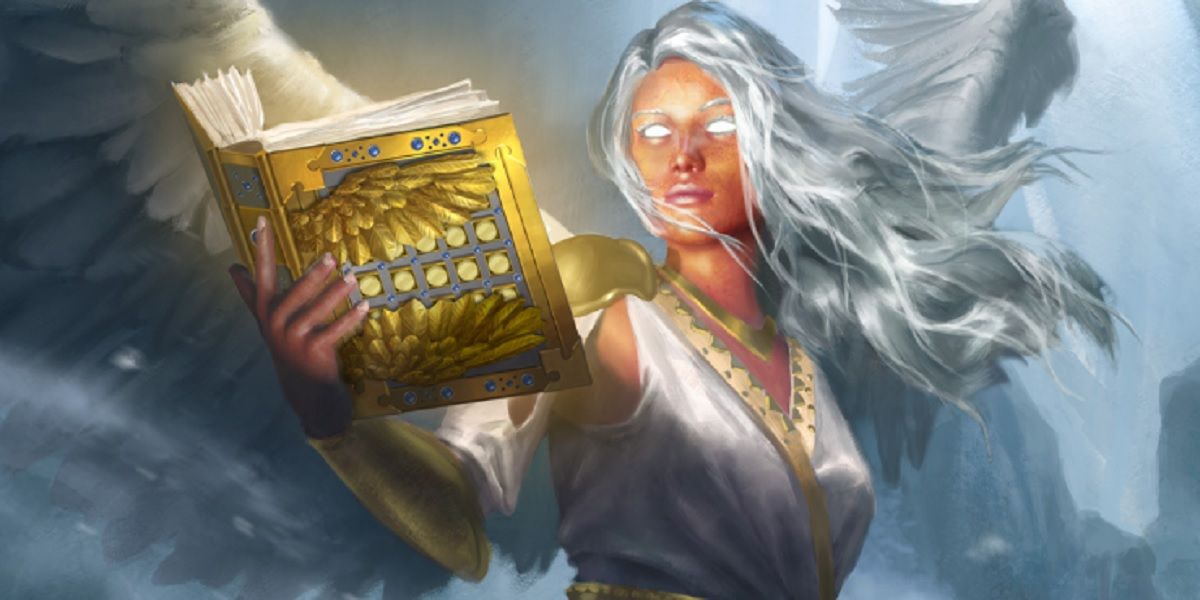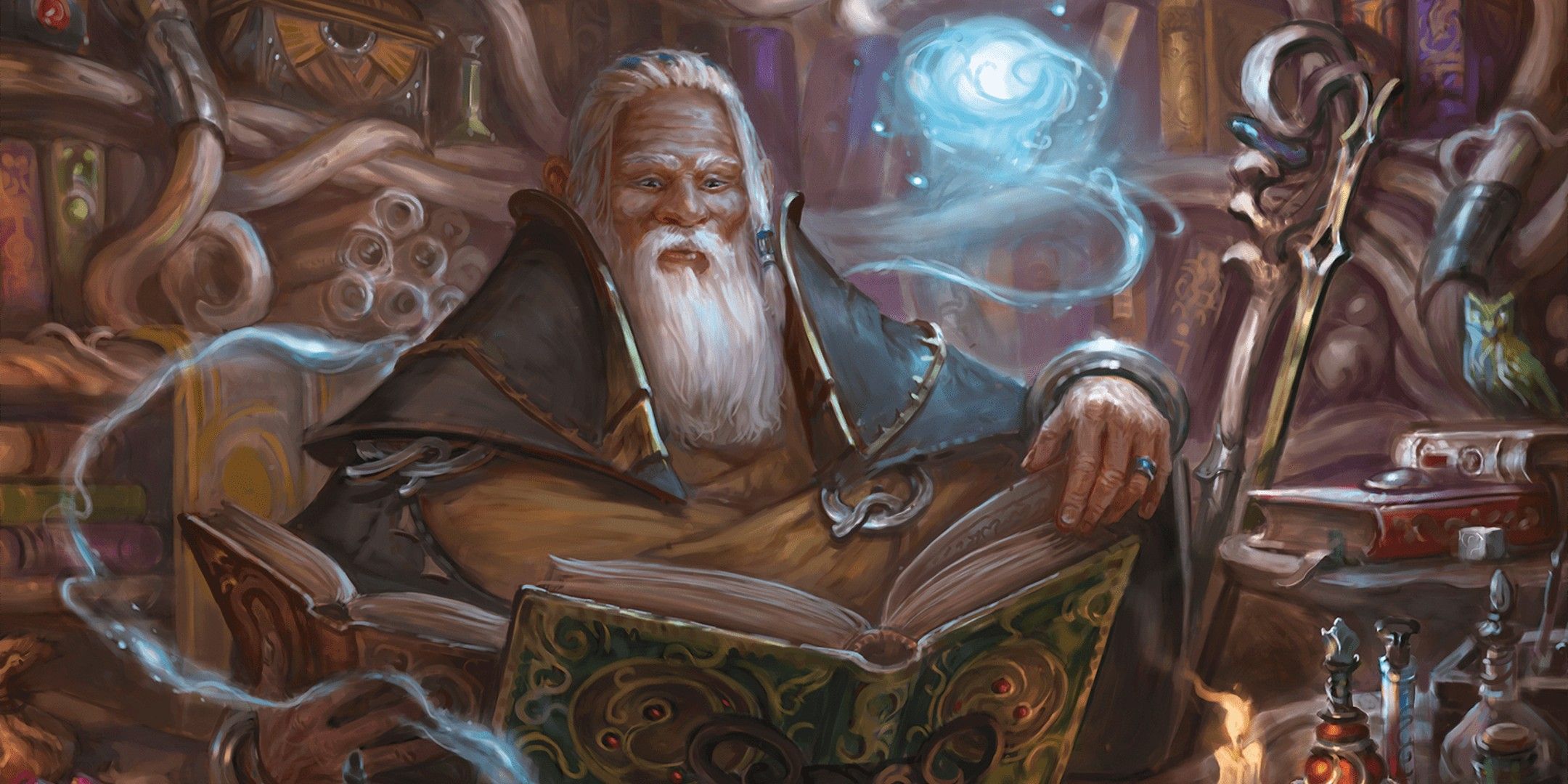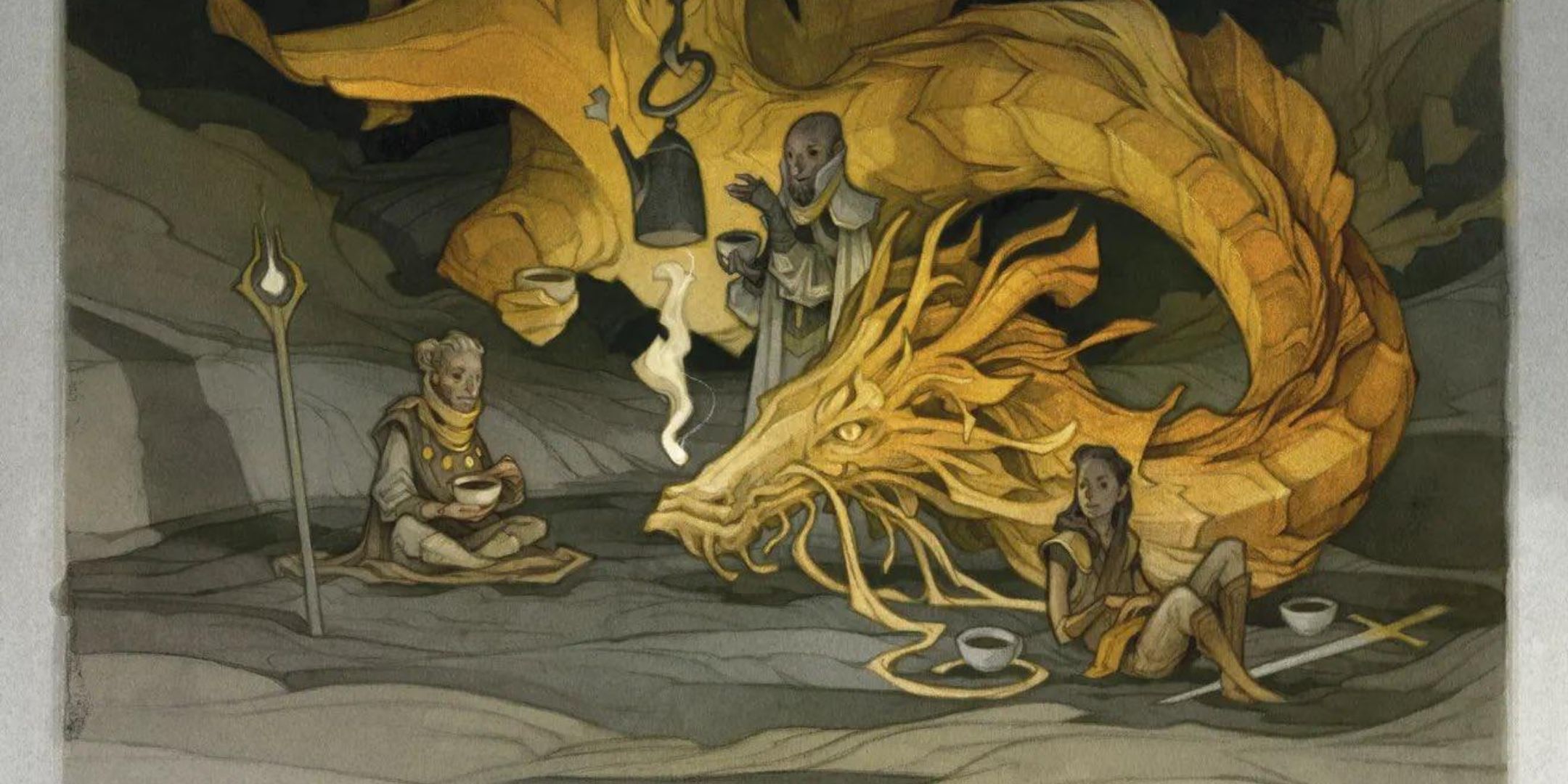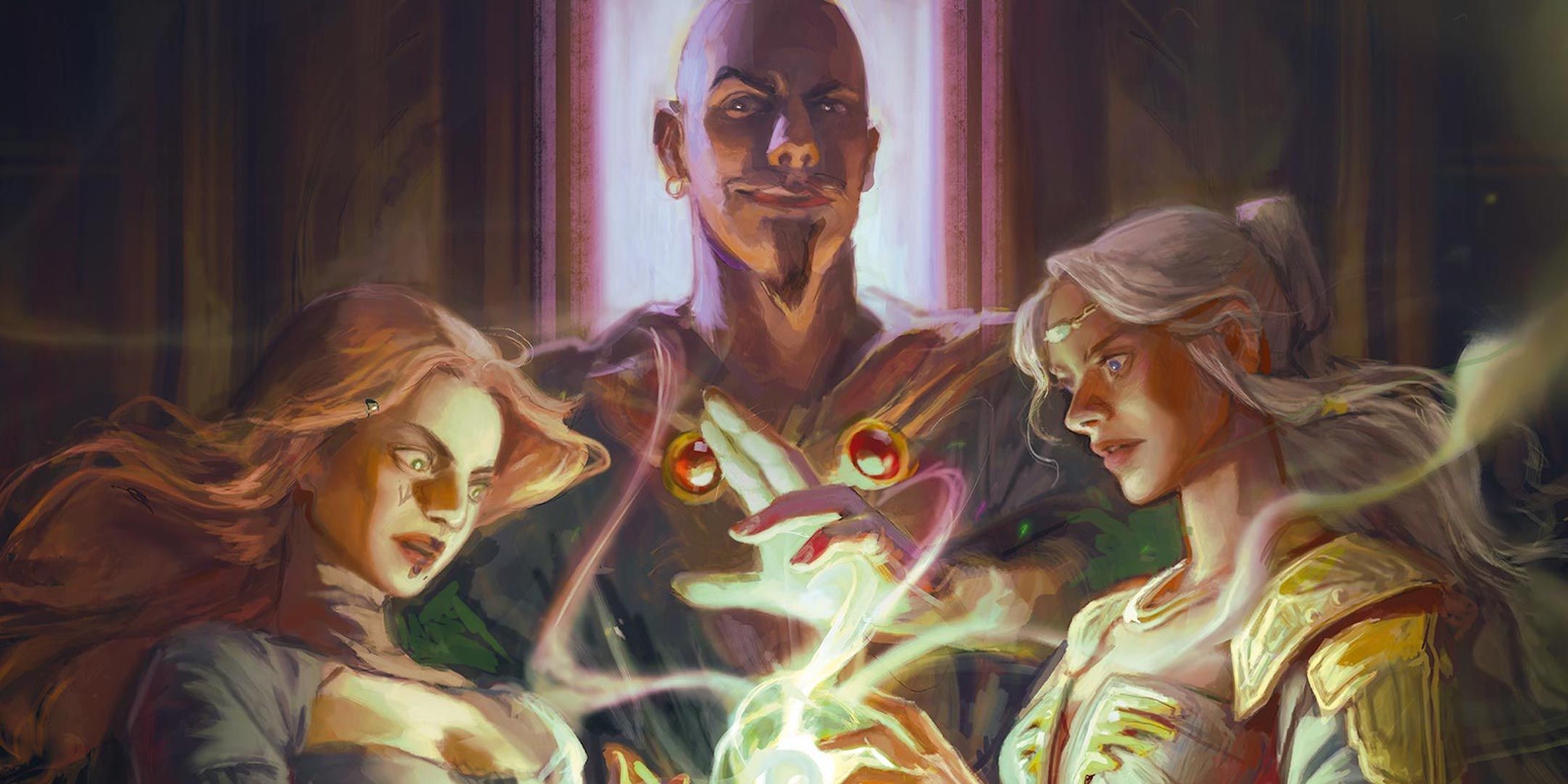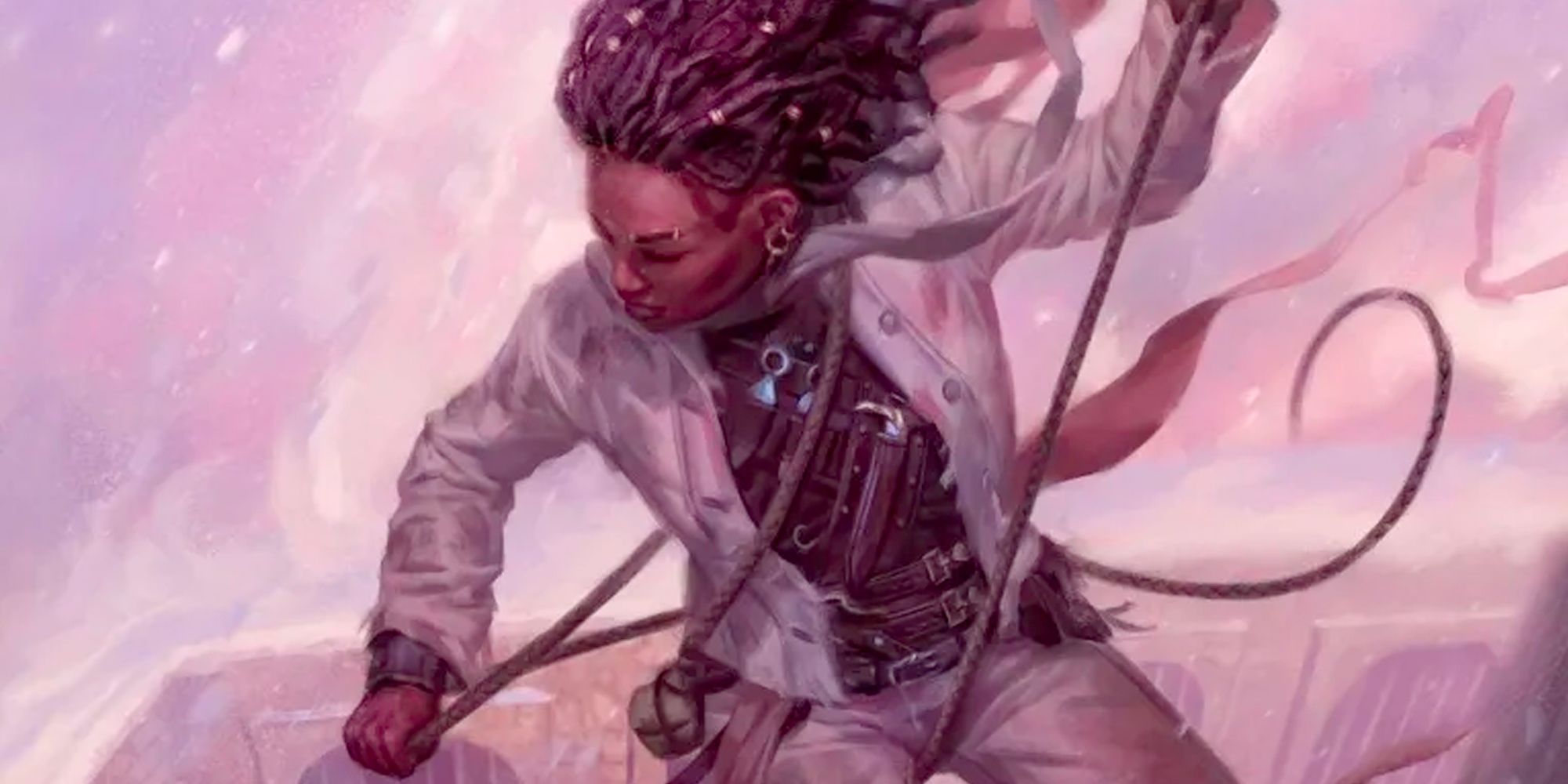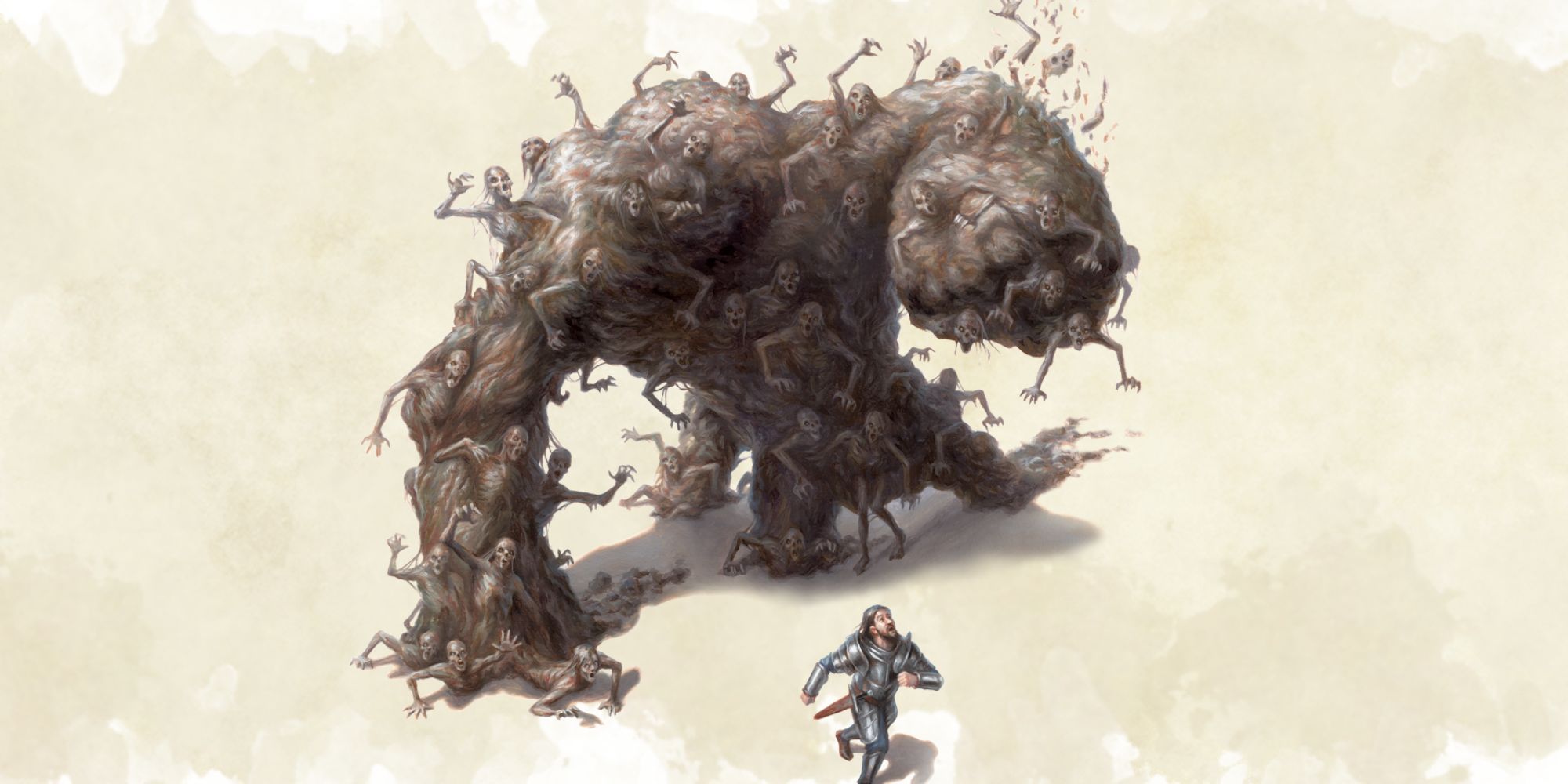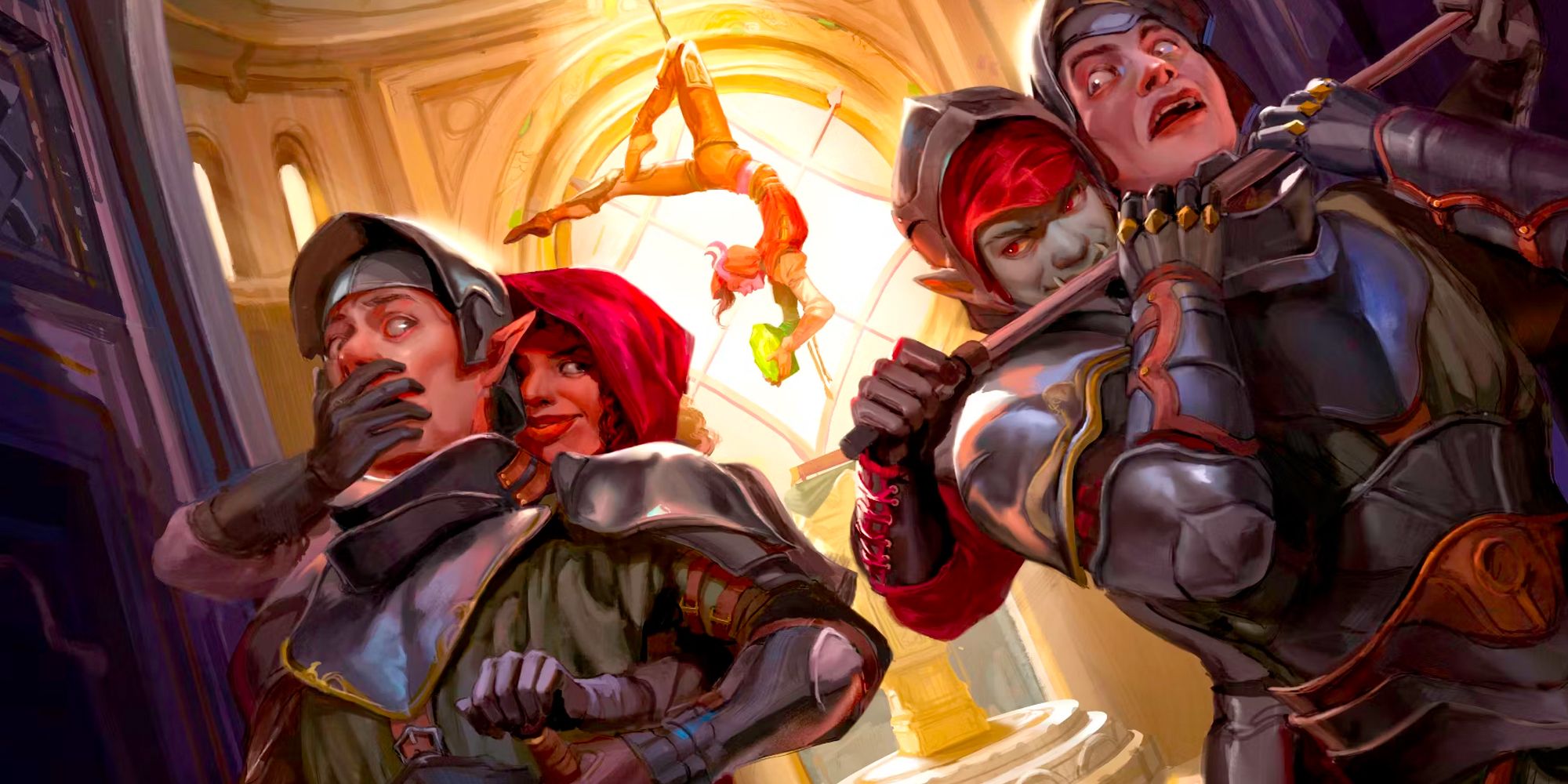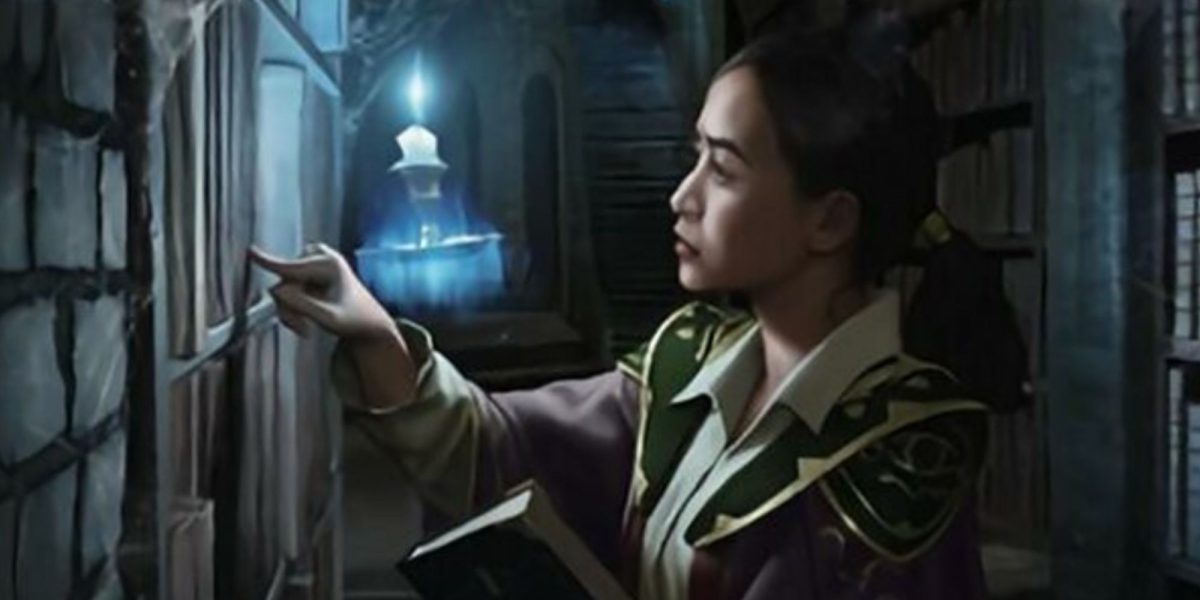
The Best Advice For Keeping A Campaign Journal In DnD
Key Takeaways
- Use an online document like Google Docs for a campaign journal for easy access and backup.
- Include maps to track player location and progress in the campaign journal.
- Keep the journal entertaining with in-jokes, in-character accounts, artwork, and a short recap for each session.
The experience of playing Dungeons & Dragons is something people seldom forget. But what about the specifics? Dice slingers might recall the big moments, but there are many smaller interactions that can be forgotten as time goes on, fading into unclear memories.
The best way to keep the group informed about the events of their D&D game is through a campaign journal. This can act as a diary that recounts everything that happens from session to session. Not only will this help keep everyone up to date, but it will be a reminder of the good times that were had, should you want to read it again in the future. There are some vital tips that DMs and players can use for their campaign journals in order to make them entertaining and informative for everyone involved.
10
Put It In An Online Document That’s Easily Accessible
While in-universe characters might be used to quill and scroll, players in the real world have more advanced technology to hand. To this end, make sure that a campaign journal is written in an online resource, like Google Docs, which can also be backed up on a computer after each update made by the group.
Putting the campaign journal online means players can access it whenever they need it, including during the session, should they need to refresh their memory. The group also doesn’t need to worry about someone forgetting a physical journal or being damaged in an accident.
9
Include Maps Whenever Possible
So many RPG products have amazing maps, especially the ones involving official D&D campaign settings. The lands of Faerun, Krynn, and Oerth have been extensively covered by cartographers over the years, especially the more popular areas like the Sword Coast.
Maps Are Vital For Keeping Track Of Player Location
Even homebrew DMs will come up with basic maps to keep distances straight. If so, they have no excuse not to provide them for a campaign journal. A map of the overall land with the party’s location can be a great way to track progress, while basic dungeon maps (with unexplored bits obscured) can act as an instant visual reminder for areas that have been uncovered so far.
8
Keep The In-Jokes And References To Make Sure It’s Not Too Dry
A dry recitation of the previous session’s events might be a way to get information across quickly, but it’s not as digestible as something that’s funny or well-written. To this end, it’s best to whip out the humor that accumulates in every tabletop RPG group when composing a campaign journal for the group.

Related
Dungeons & Dragons: All Main Stats, Explained
Knowing about the six ability scores in D&D is one of the most important aspects of creating your character. Learn about them here.
In-Jokes Are A Vital Part Of The D&D Experience
D&D players won’t remember every goblin they’ve slain, but they will still remember the fumbled dice rolls and the funny quips they make. Try to emulate these moments as closely as possible, as they’re going to be a better reminder of previous events than a list of events.
7
Allow Players To Write In-Character Accounts
While one person might be tasked with writing a campaign journal, it doesn’t mean they should be stuck with doing the whole job. Other players or even the DM should have the ability to add their input, so long as everyone agrees not to delete content that they don’t agree with.
In-Character Perspectives Can Get Everyone Involved
Having in-character diary segments written by different people can add some humor and perspective to the campaign journal that might be absent from a lone writer. This is extra entertaining when a perspective differs from what actually happened, as it’s filtered through the lens of a character in the moment.
6
Keep It Well Formatted With Bookmark Links To Relevant Sections
A diary for a short campaign doesn’t have to be too in-depth, but a long storyline absolutely needs to be well-formatted. This will make it easy for players to skip to relevant sections or instantly jump to the most recent recap.
Hyperlinks Are Vital For Long Campaign Journals
A well-formatted D&D campaign journal not only looks cleaner but is more pleasant to read. It helps to include chapter titles and dates in section headers, all linked to a contents page at the start. That way, if a player wants to read the document on their phone, they can easily find what they’re looking for with the click of a button.
5
Use Images Of Characters And Monsters Whenever They Appear
Like with maps, the inclusion of artwork can drastically improve a campaign journal. No one is asking for players to draw encounters for the journal (though some might offer), but there are lots of resources online that are available for D&D drawings.
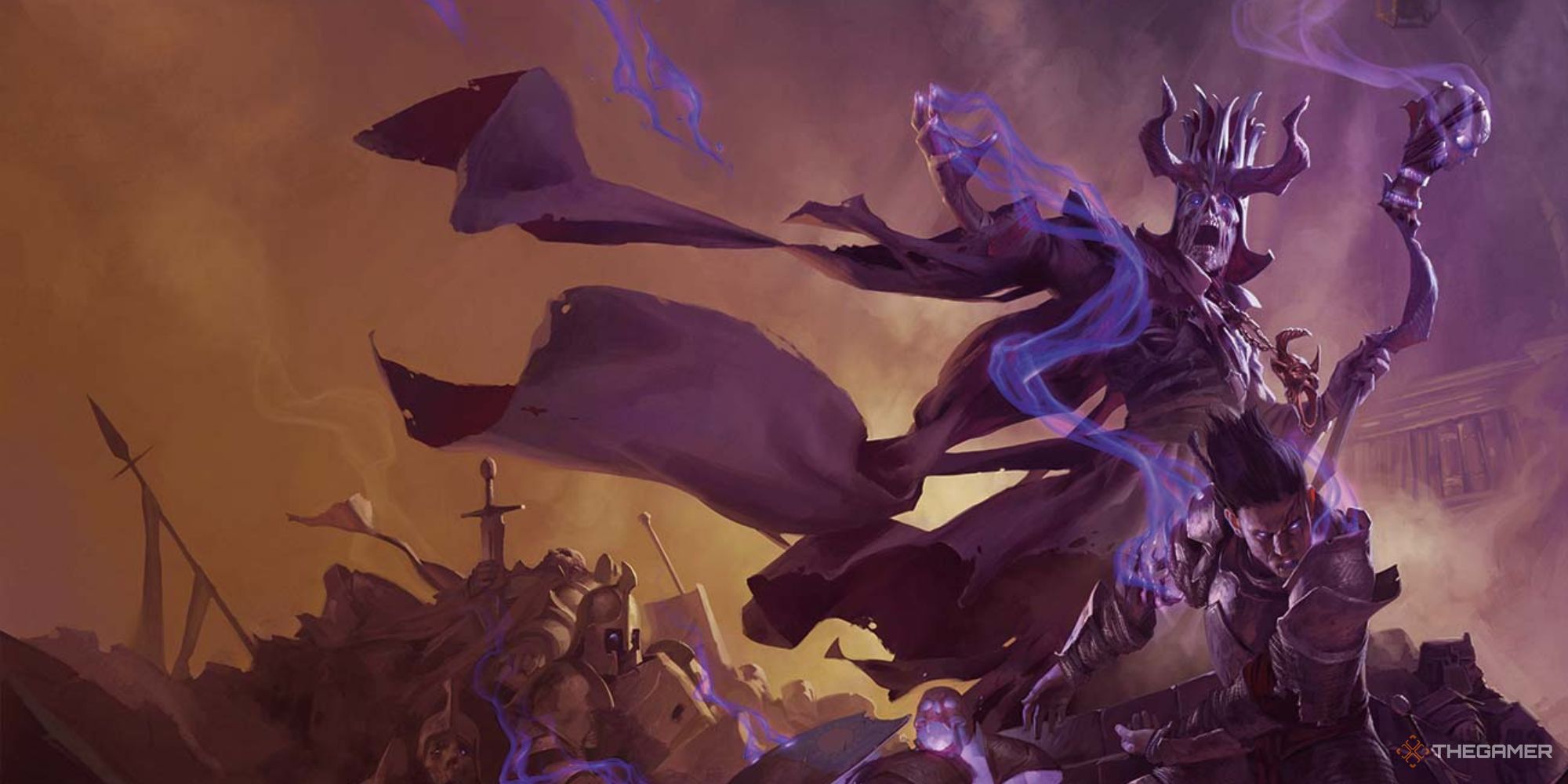
Related
Dungeons & Dragons: 10 Best Optional Rules From The Dungeon Master’s Guide
These are the best optional D&D rules to us from the Dungeon Master’s Guide.
D&D Artwork Can Make A Campaign Journal Pretty
There are numerous official drawings for every D&D monster and magic item, to say nothing of general pieces of artwork of adventuring parties. Slipping a picture of a Behir into the campaign journal during a segment where the players fought one will instantly paint a picture in their minds without needing to use words.
4
Throw A Name & Pronunciation Guide At The Start
D&D has many characters with bizarre names, like Mordenkainen and Drizzt Do’Urden. This led to many discussions about how character names were pronounced, something that is a lot easier to dispute in the modern day, thanks to YouTube and official statements from Wizards of the Coast.
An Early Phonetics Guide Can Prevent Disagreements
If the party has characters with unusual names, throwing them at the start of the campaign journal with pronunciation guides and preferred pronouns can get everyone up to speed immediately. Similarly, the DM should do the same for any NPCs or locations that have names that are hard to pronounce.
3
Create A Snappy TL;DR For Players To Read At The Start Of The Session
One of the benefits of a campaign journal is that someone can read about the previous session at the start of the current one to get everyone caught up. The problem is that most groups only have a limited window of time to play, and a recap can drag things down considerably.
A Short Recap Is A Lifesaver When A Game Starts Late
Each session should have a brief, less than a page-long abbreviated version of events. This is helpful if players have arrived late and everyone wants to jump into the action. Those who want to read the full version should be advised to do so on the day before the session begins.
2
Enforce A Word Count To Stop It From Boring The Group
Depending on the author of the campaign journal, it’s easy to get bogged down on the smaller details, such as reciting every combat round’s events or lines from every conversation. This can easily bore the reader and cause them to stop checking in on the campaign journal.
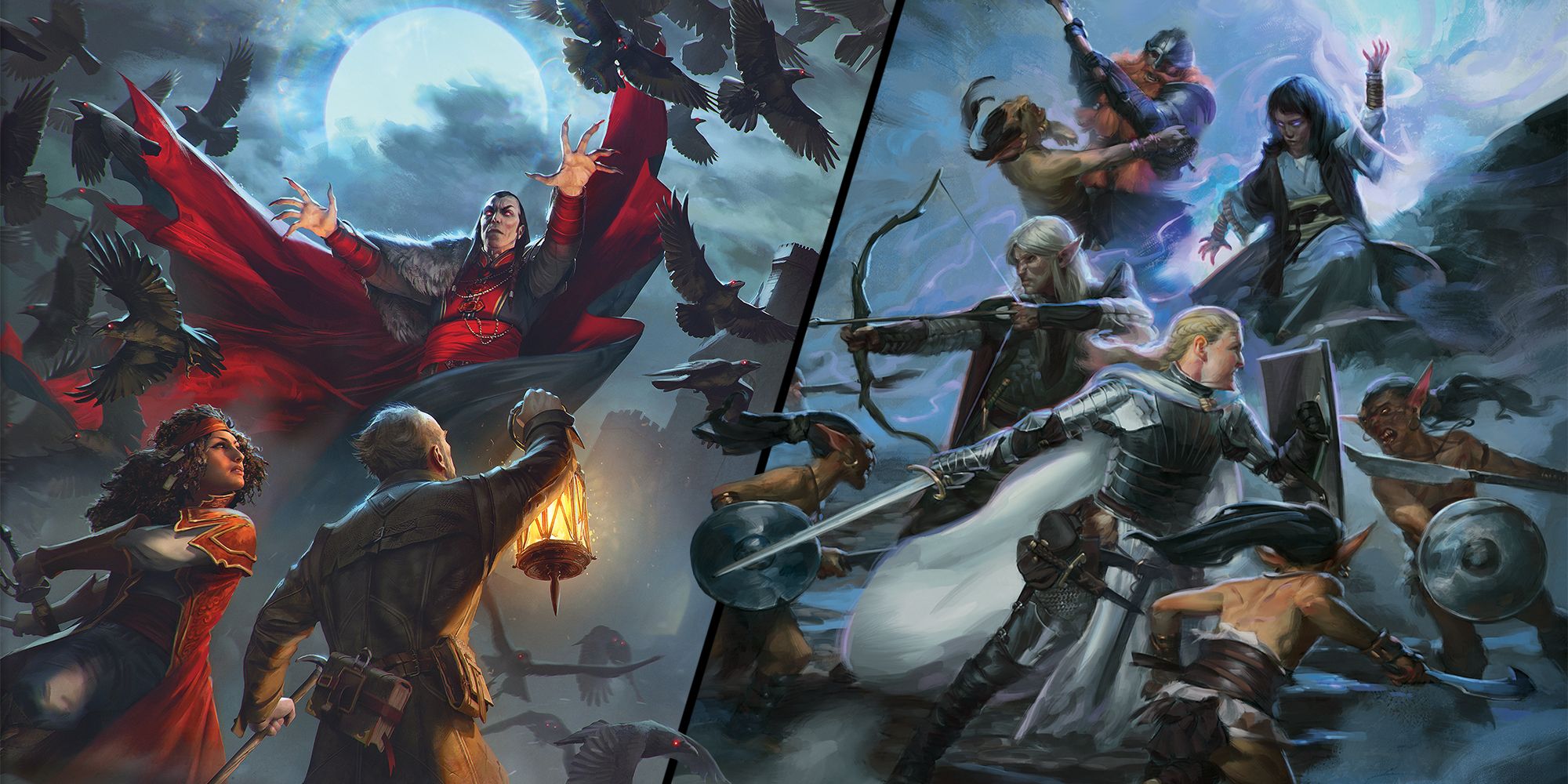
Dungeons & Dragons: 10 Tips For Dungeon Masters To Balance Encounters
As a DM, you probably want your encounters to be challenging but not impossible. Here are some tips to ensure they’re balanced.
Make Sure The Session Document Is Kept Snappy
The best way to ensure the campaign journal is entertaining is to enforce a word or page count. The intro/character background can have more leeway, as can incredibly important sessions with tons of plot dumps, but the week-to-week sessions need to be digestible. The aim is to highlight the best and funniest moments, not chronicle everything the group did.
1
Prioritize Anything That Will Be Relevant Later On
This one falls more to the DM of the group, but a campaign journal can be a vital resource for mapping plot points that will be important later on. It’s easy to forget a single NPC or location name in between sessions, yet a recap can make sure they’re firmly planted in the minds of players.
DMs Should Know What’s Important To Put In The Campaign Journal
Much like the old Game of Thrones intros that brought up relevant plot beats, the DM should make sure everything important is mentioned ahead of a session. There’s nothing worse than revealing a huge story twist, only for the players to not remember who is what. The campaign journal can make sure these awesome moments aren’t lost.



